
Butcher’s Bridge in Ljubljana by Sadar Vuga Arhitekti
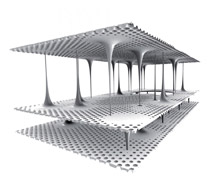 |
The entire bridge construction is made of concrete. The columns are of artificial stone, the paving of the platform is terrazzo. All three platforms are perforated and covered with glass floor tiles that are permeated by diffuse light.
The lower platform connects the regulated Petkovšek embankment with the lower level of the covered market and with vertical communications in front of the entrance into the new car park. Here, a permanent commercial area develops around the column bases, intended for non-foodstuff programme. Commercial activities continue from hereon to Petkovšek embankment.
A spiral ramp, intended for pedestrians and cyclists, connects the lower and upper levels at one end and reaches to the surface of the river at the other end, where it is prolonged onto a pontoon raft – stopping point for boat traffic on the river.
The upper platform extends the surface of the central market onto the area above the river. The platform ends above Petkovšek embankment as a ‘city balcony’, vantage point for the events on the embankment. Here and along both longer sides benches are placed. The central part of the upper level is destined for public cultural events.
The upper level is covered by the canopy platform, which offers shade as well as shelter in adverse weather conditions.
The proposal for Butcher’s bridge introduces two different urban atmospheres above the Ljubljanica. The lower level is fuller and noisier, with an evenly dispersed daylight. The upper level is prone to changing, full of people at one point and empty at the next, sunlit in the afternoon, shaded during the day, but always with views of the activities along the river and on Petkovšek embankment.
SVA
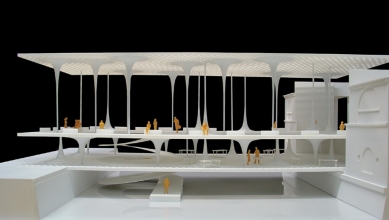
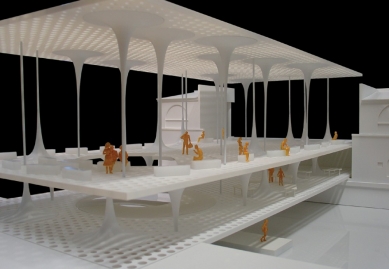

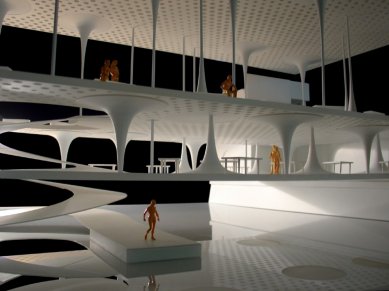
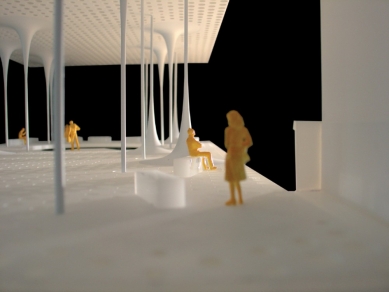
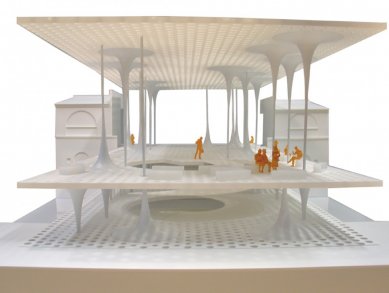
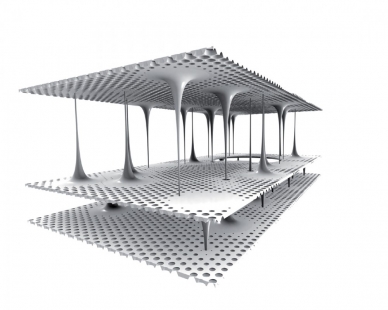
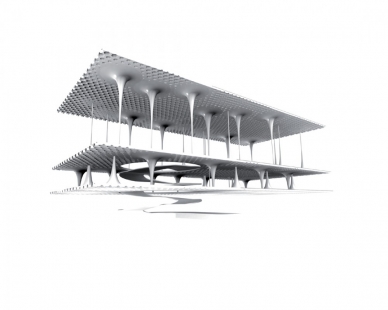
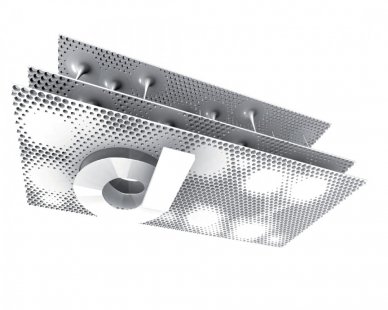

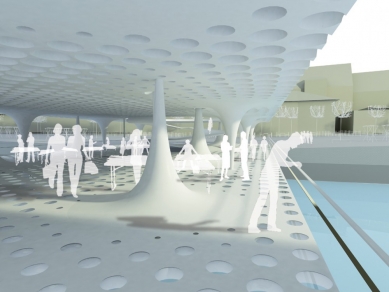
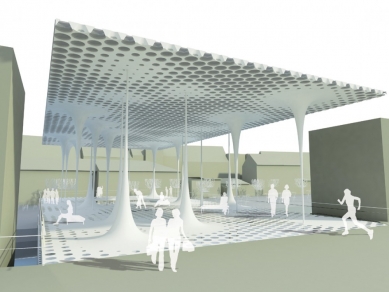

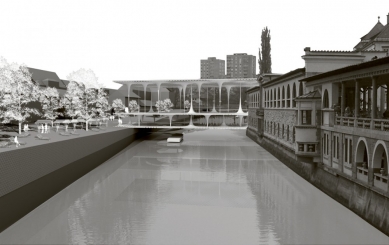

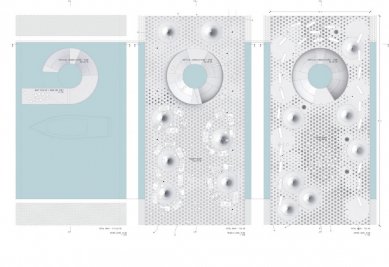


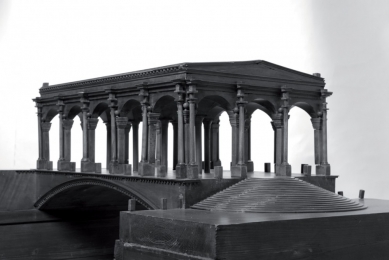
0 comments
add comment












